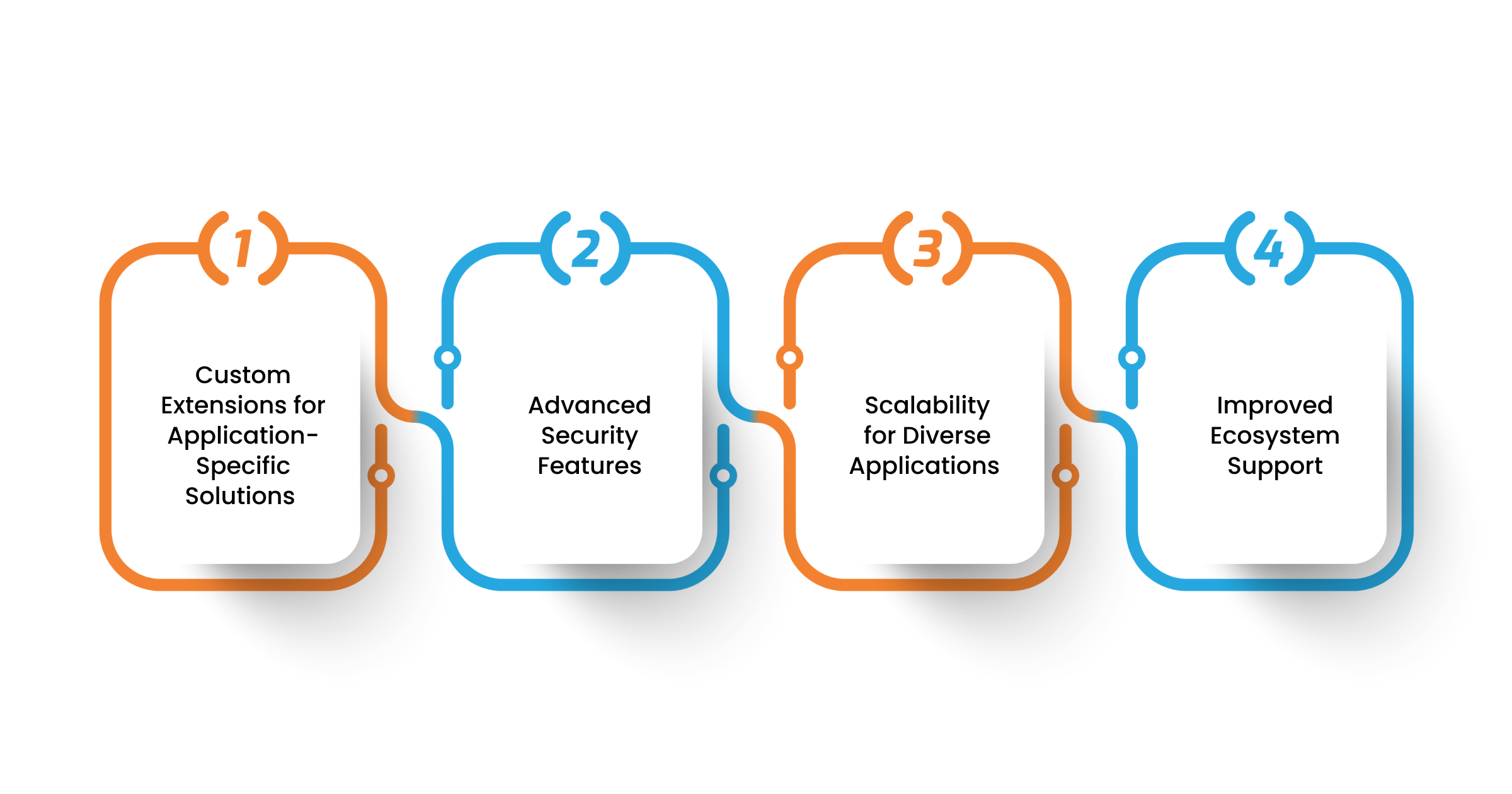The semiconductor industry is experiencing a transformative era driven by a surge in innovation and a growing demand for tailored solutions. RISC-V architecture stands out as a game-changer among the pivotal advancements shaping this landscape. An open standard instruction set architecture (ISA) is an ability that gives developers the tools to build highly efficient customized chips tailored to vast and diverse applications. In this blog, we will discuss innovations in RISC-V architecture, how this revolution is profoundly influencing custom chip design, and so on, as well as opportunities and challenges for the industry.
The Rise of RISC-V: An Open ISA Revolution
Traditional ISAs, such as x86 and ARM, have been the dominant forces in chip design for many years. The proprietary nature of these ISAs often leads to less flexibility and very high licensing costs. RISC-V breaks this paradigm by providing an open-source ISA that allows developers to use its modular design to create application-specific solutions free from the shackles of vendor lock-in. The modularity of RISC-V is significant for chip design companies where performance, power, and area (PPA) are being optimized.
Key Advancements in RISC-V Architecture

1. Custom Extensions for Application-Specific Solutions
The strength of RISC-V lies in custom extensions, allowing it to support developers building specific instruction sets tailored for their application environments, thus maximizing computation power. This capability is critical for custom chip design, where off-the-shelf solutions often fail to deliver optimal performance.
For instance, a chip design company focused on AI applications can integrate custom instructions to accelerate matrix multiplications, significantly boosting the performance of machine learning algorithms. On the other hand, cryptography operation extensions enhance the features of chips used in applications related to fintech and secure communications.
2. Advanced Security Features
As cybersecurity threats become more complex, robust security in chip design is essential. RISC-V architecture addresses this need through features like physical memory protection (PMP) and support for secure enclaves. Moreover, its open-source nature allows developers to scrutinize and enhance security measures without relying on proprietary black-box solutions.
This transparency is particularly beneficial for industries that involve strict security protocols, especially aerospace, defense, and healthcare. Custom chip design from RISC-V’s strong security features ensures compliance with regulatory standards while protecting all sensitive data.
3. Scalability for Diverse Applications
RISC-V is scalable enough to be applied widely. It matches all needs, from low-energy IoT microcontrollers to high-power data center processors. The development of its ecosystem continues because more and more hardware and software tools support the uptake of RISC-V in recent times.
For chip design companies, this scalability means lower development costs and faster time-to-market. Developers can use RISC-V flexibility to streamline their design processes and deliver solutions based on emerging market demands.
4. Improved Ecosystem Support
In more than nine years, the RISC-V ecosystem has indeed gained maturity. Open-source development tools, robust simulation environments, and a growing community of contributors have made it accessible to developers. Stepping in are commercial vendors to put silicon-proven IP cores and design platforms in hand based on RISC-V.
This is an attractive environment for developing RISC-V-based solutions, thus freeing up chip design services from the burden of having to work through technical challenges so they can innovate instead. Collaboration within the community creates the effects of acceleration, which benefits the semiconductor industry.
Difficulties of Adapting to RISC-V
The advantages of RISC-V are indeed convincing, but a few challenges accompany adopting RISC-V.
- Compatibility Problem: Changing from a well-established architecture to RISC-V would create compatibility problems for legacy systems.
- Skill Development: The demand for expertise in RISC-V-specific design and development is increasing, requiring training and talent acquisition investments.
- Ecosystem Maturity: Although the ecosystem has improved, it is still behind more mature ISAs in some areas, like software support and debugging tools.
Real-World Applications of RISC-V in Custom Chip Design
1. Internet of Things (IoT) Devices
RISC-V is the best fit for low-power IoT applications because the custom extensions can fine-tune these devices for specific tasks, like processing sensor data or even communication through wireless means. In this way, they can maximize efficiency and reliability.
2. Automotive Systems
In automotive applications, the scaling of RISC-V matches with the varied processing of contemporary vehicles, from the infotainment systems to ADAS. Its openness is also helpful in terms of industrial compliance and security.
3. Data Centers
Data centers require customization, specifically high-performance processors, to effectively manage heavy workloads. With RISC-V, developers can design specific processor chips that can serve any particular task in the data center with more efficiency, low operational costs, and much power efficiency.
4. HealthCare Technology
In the healthcare sector, custom chip design using RISC-V can address the unique requirements of medical devices, such as low power consumption, real-time processing, and enhanced security. These features are critical for ensuring patient safety and data privacy.
Revolutionizing India’s Semiconductor Future: The Power of RISC-V Innovation
The Role of Chip Design Services in the RISC-V Revolution
RISC-V architecture adoption requires hardware design, software integration, and system optimization expertise. This is where professional chip design services play a vital role. Organizations can work with the best providers to get through the complexities of RISC-V adoption from conceptual development to final implementation.
Chip design companies providing solutions based on RISC-V can bring in the right practices to be followed so that a project will be accomplished. Their experience in many domains helps them bring application-specific solutions to changing needs in the industry.
Tessolve: Your Custom Chip Design Partner
As a leading chip design company, we at Tessolve are at the forefront of innovation, leveraging advancements in RISC-V architecture to deliver cutting-edge chip design services. We bring a well-tested and documented history of bespoke customized chip design services and ultimate end-to-end solutions to match differentiated demands across various industry horizons. Our ability to produce on RISC-V makes us your first choice if the objective behind this is to be taken to the ultimate reach through this revolutionary architecture.
Let’s Conclude
RISC-V architecture is redefining the landscape of custom chip design, offering unprecedented flexibility and efficiency. Its open-standard ISA empowers developers to create solutions for diverse industries with tailored specifications. The role of expert chip design companies, along with their comprehensive chip design services, is vital in realizing the full potential of RISC-V. Partnering with Tessolve ensures organizations stay ahead in this transformative era of semiconductor design.





